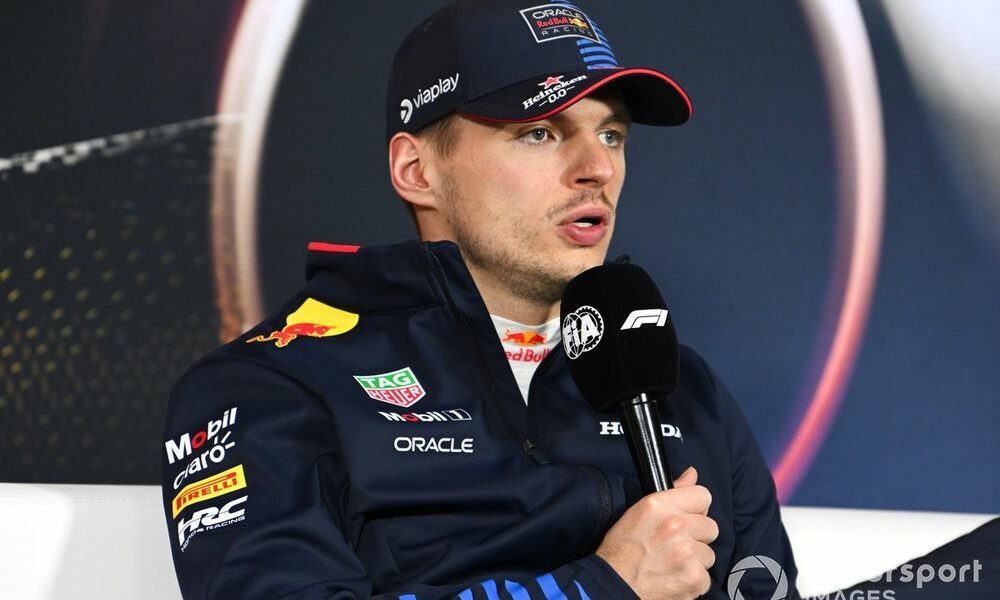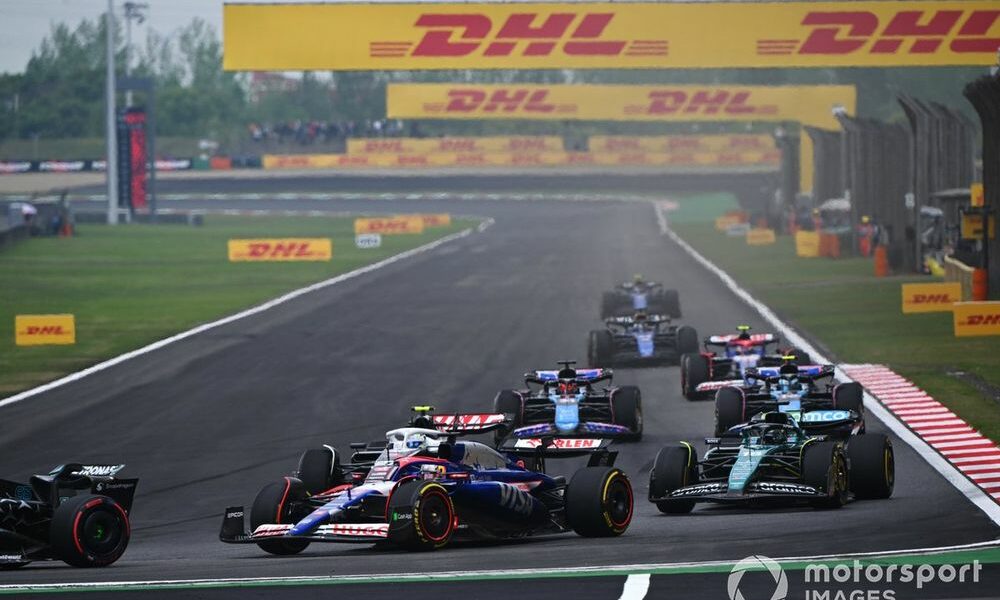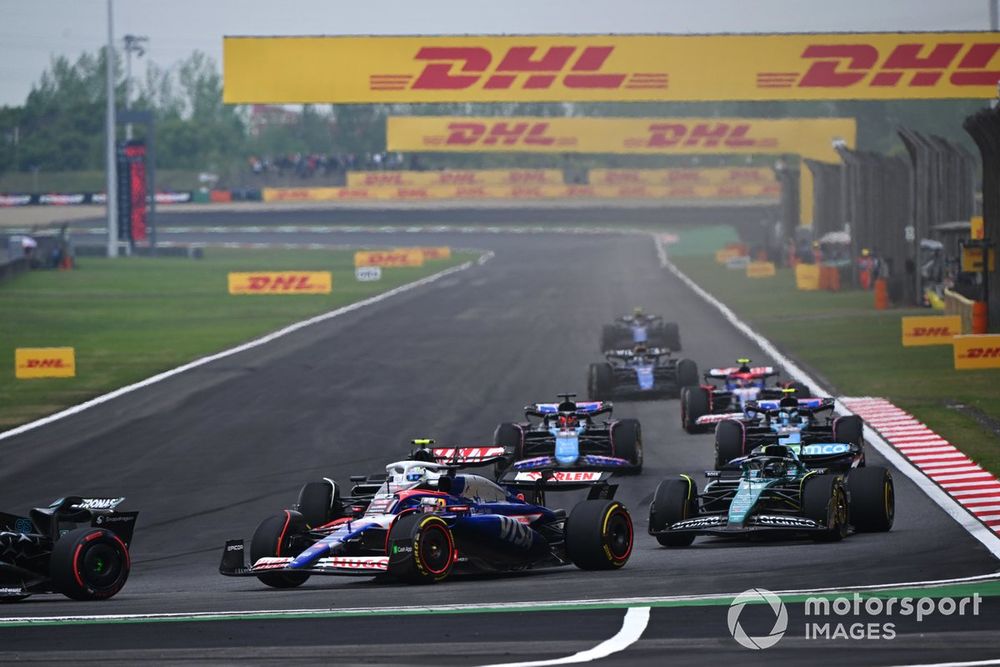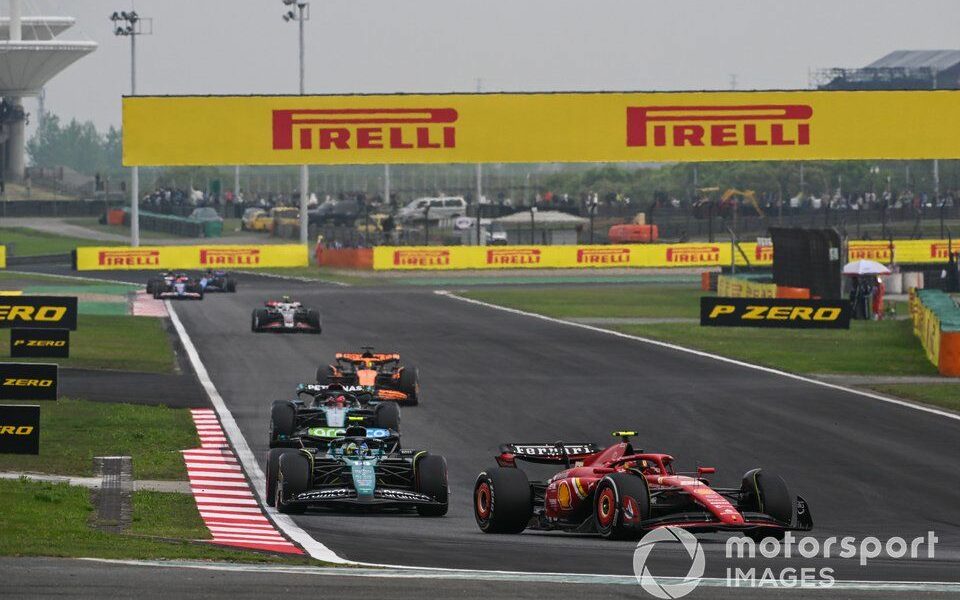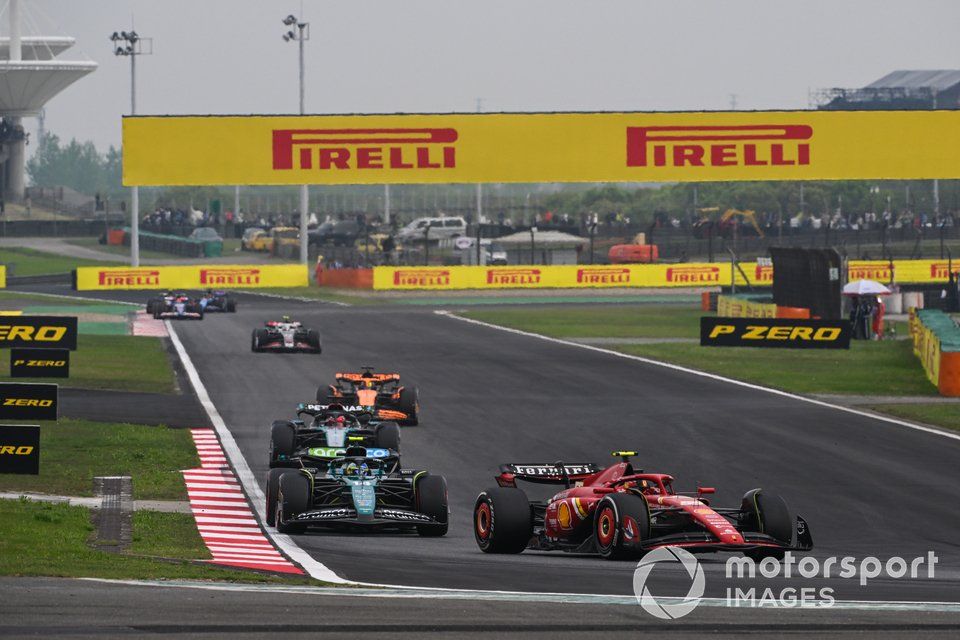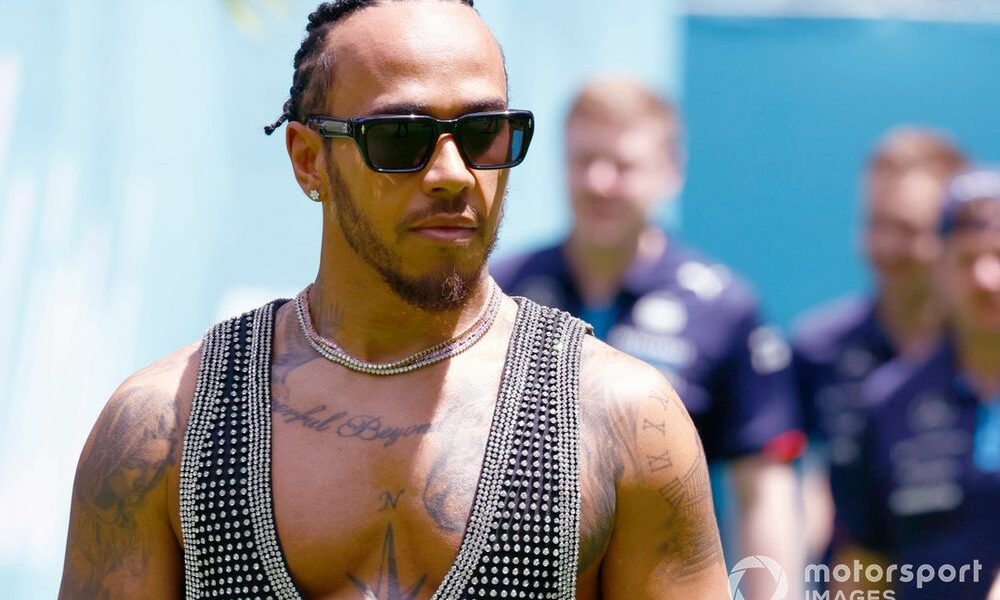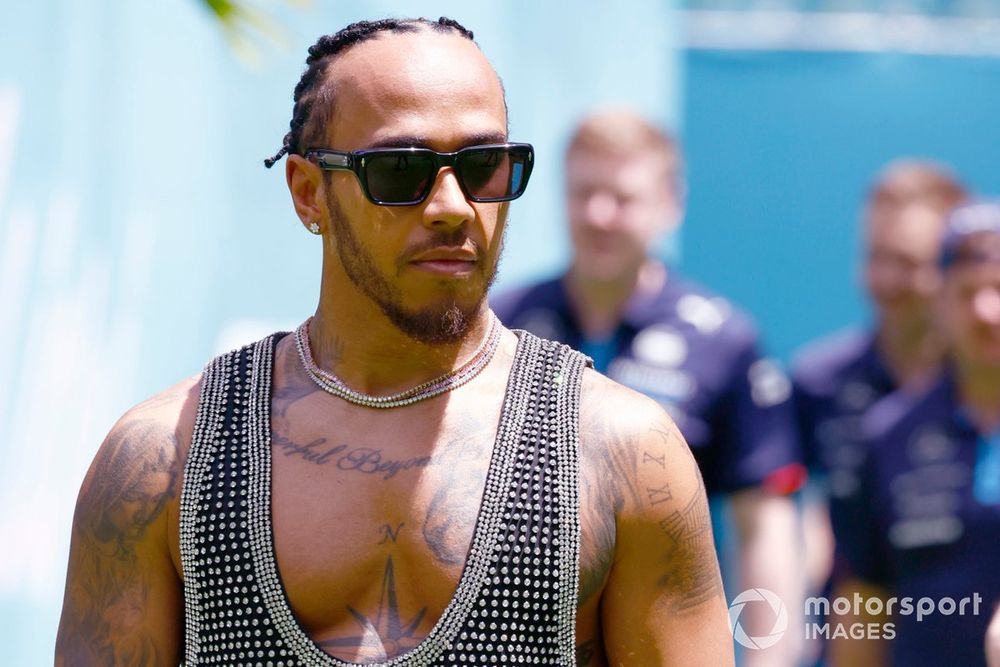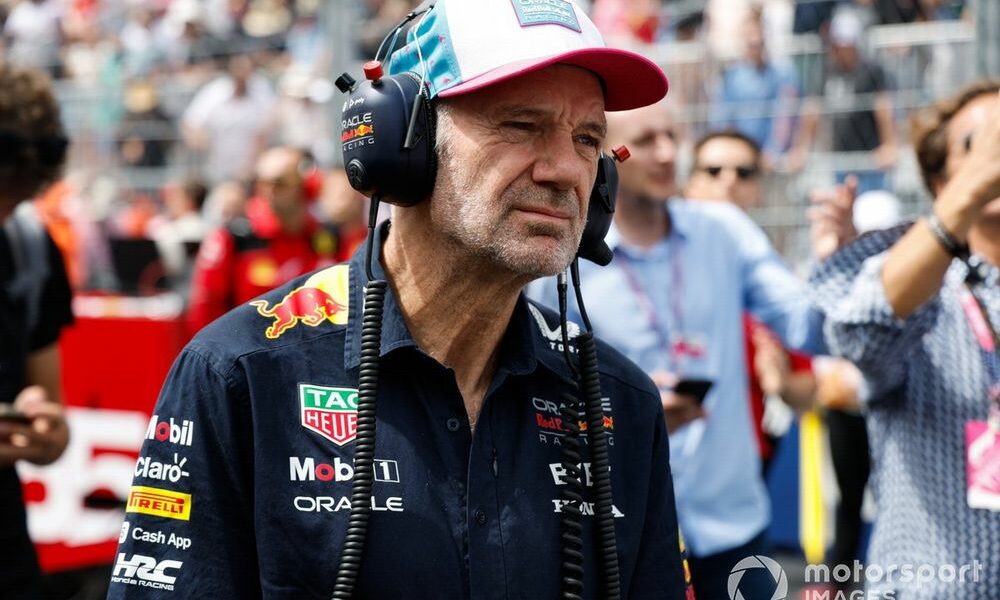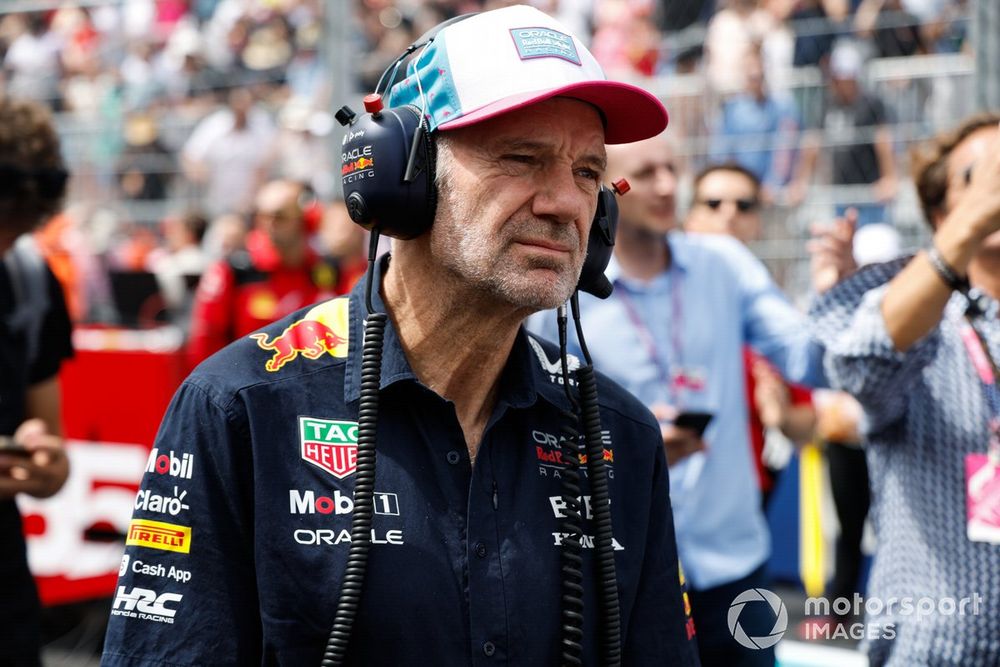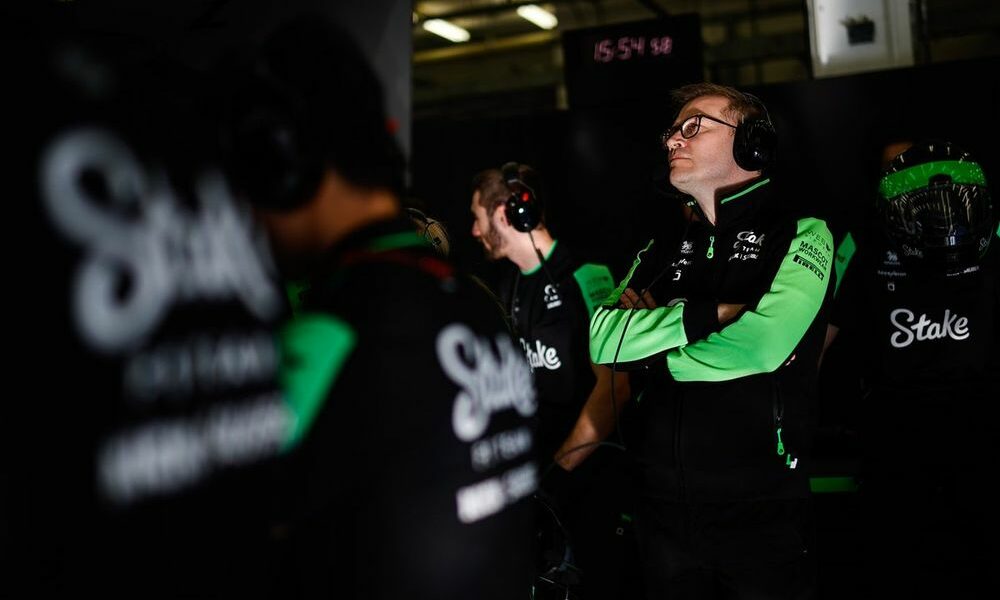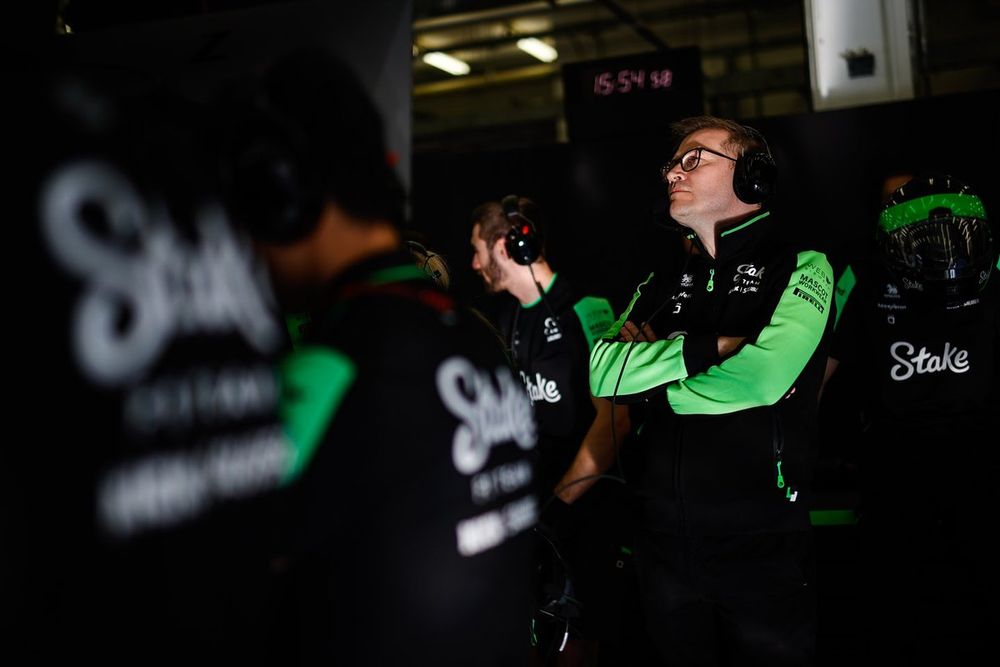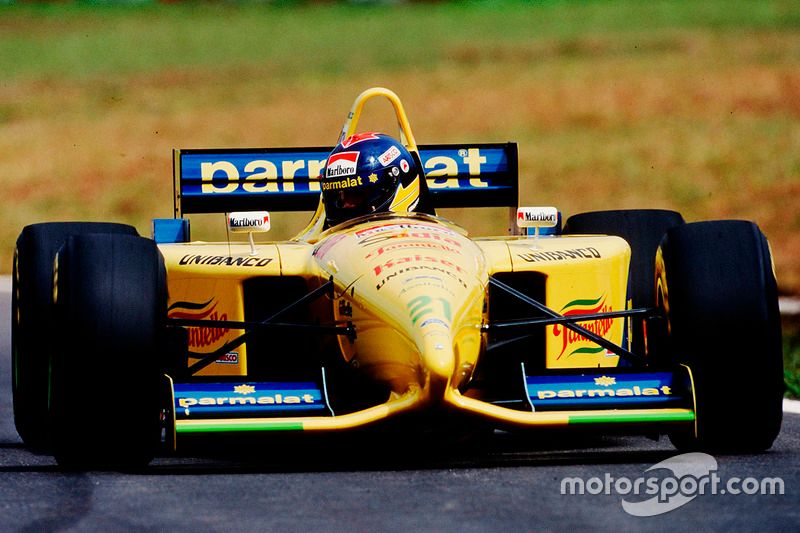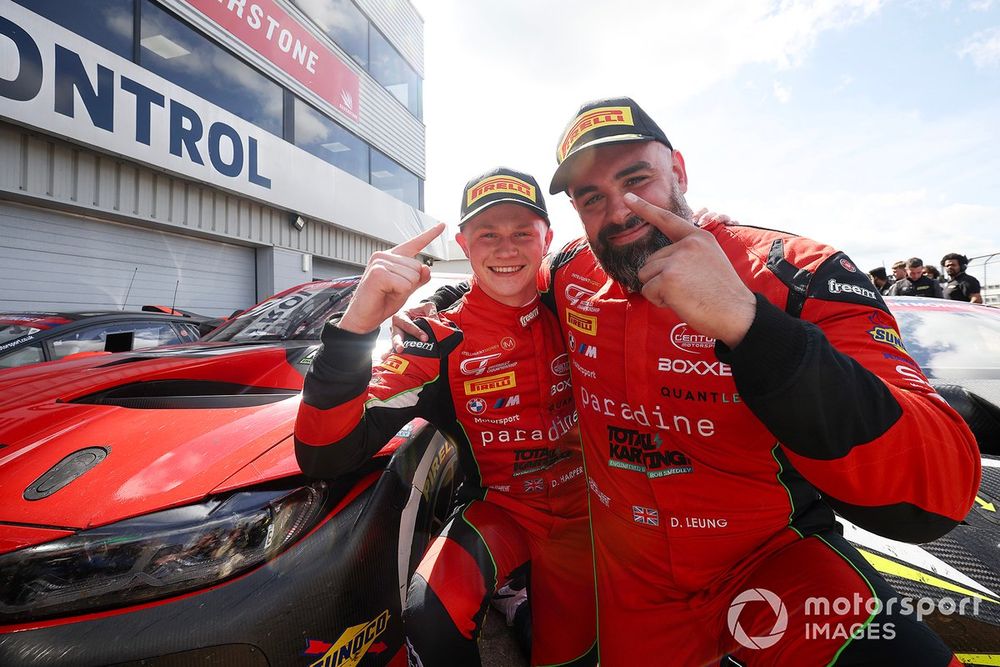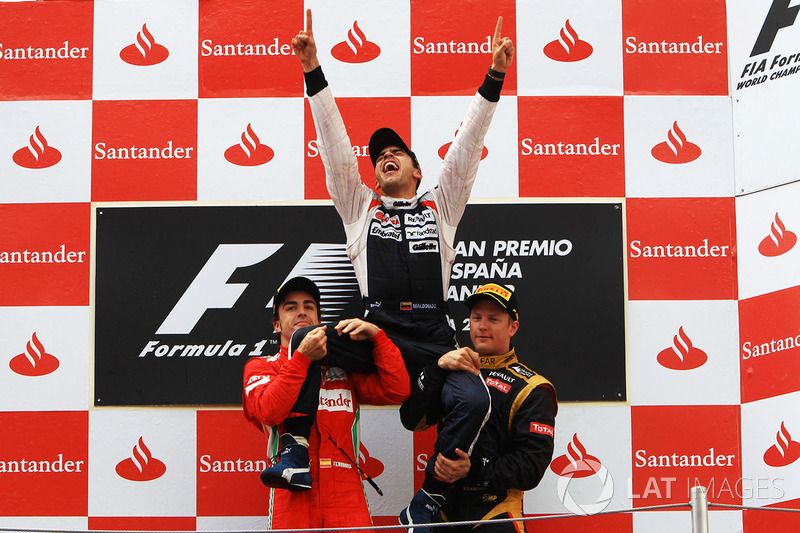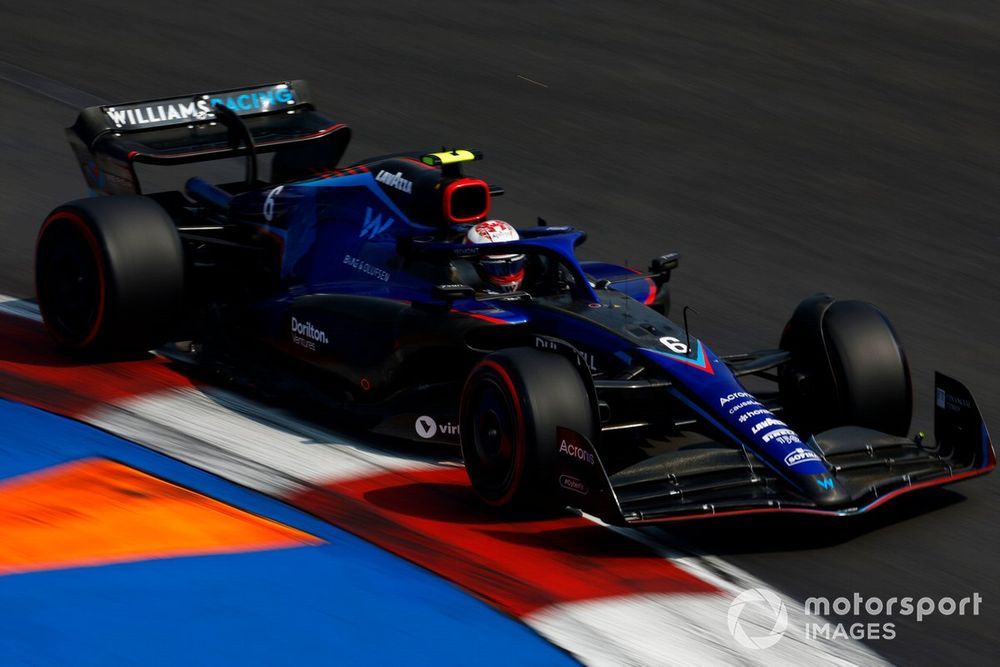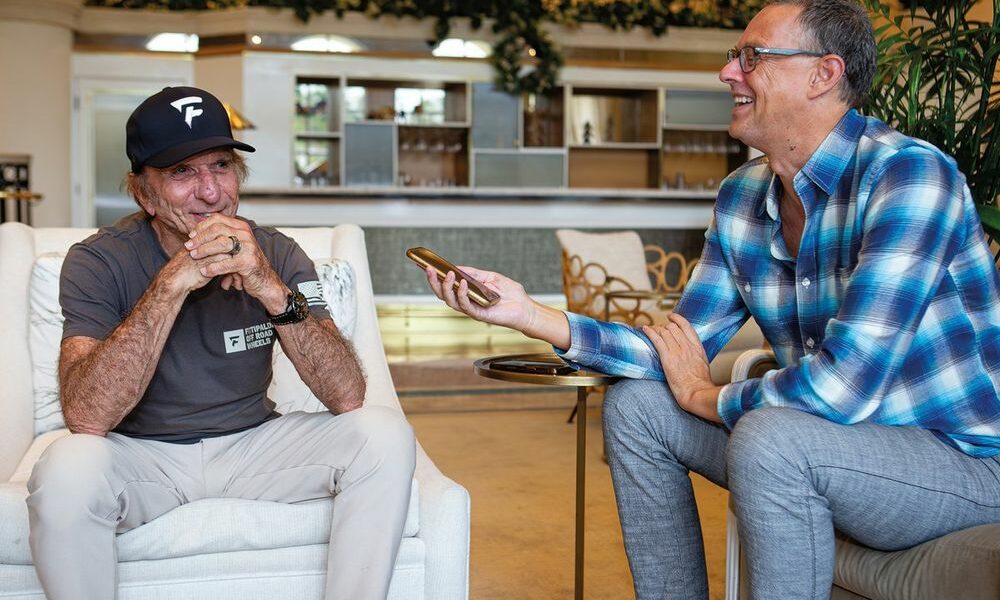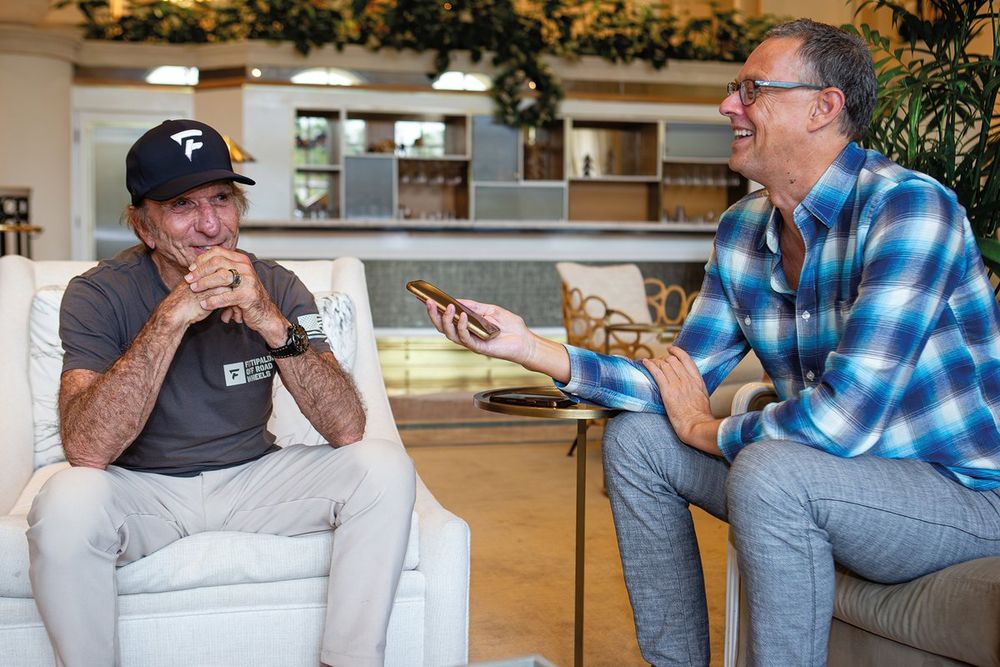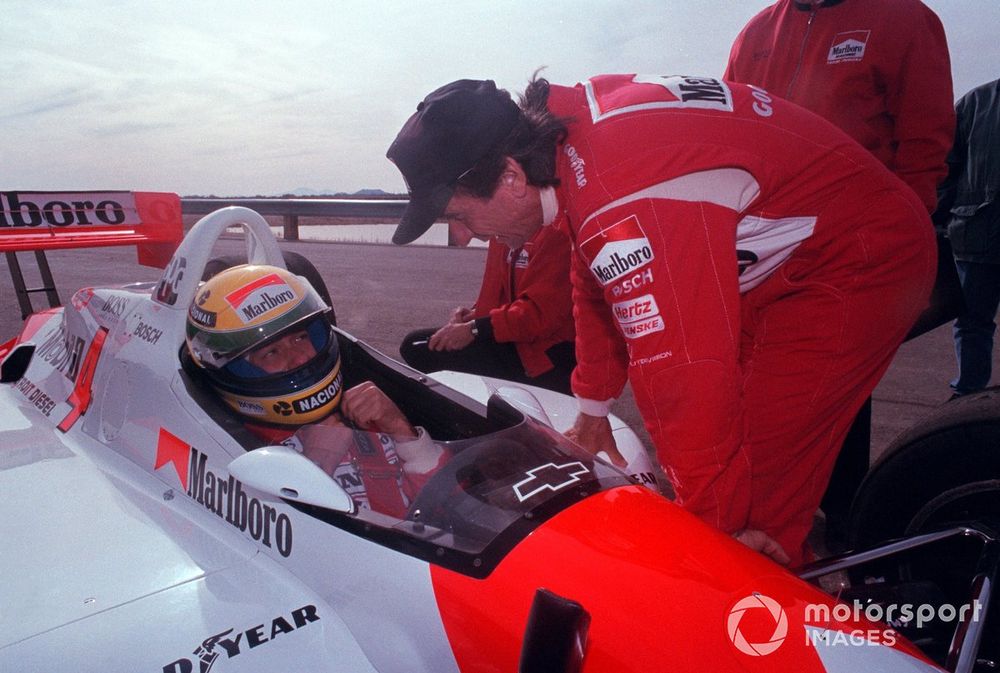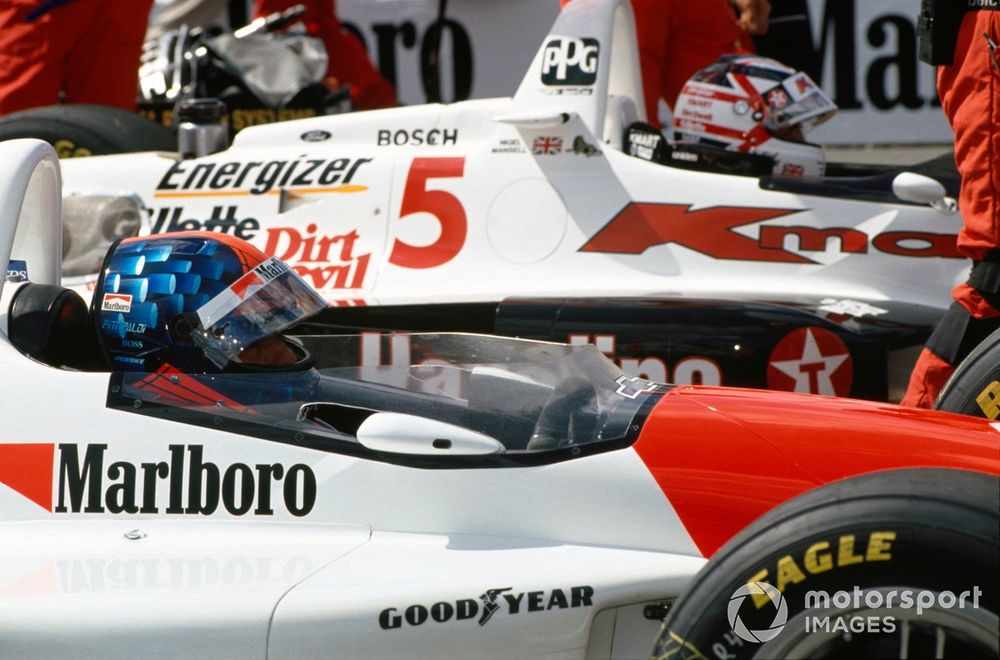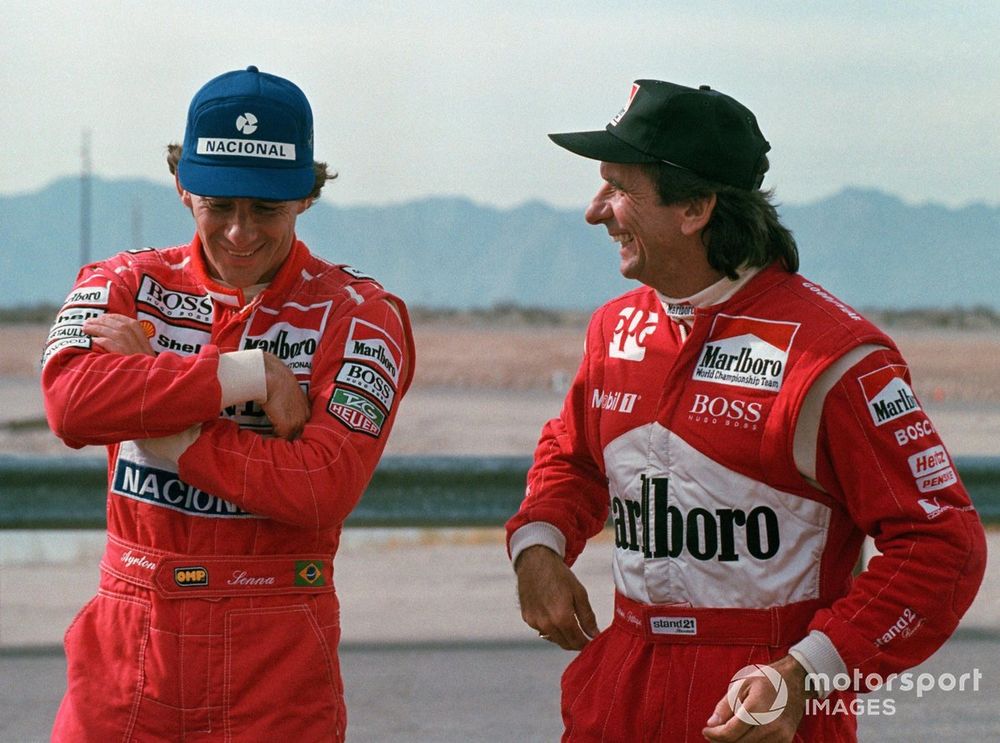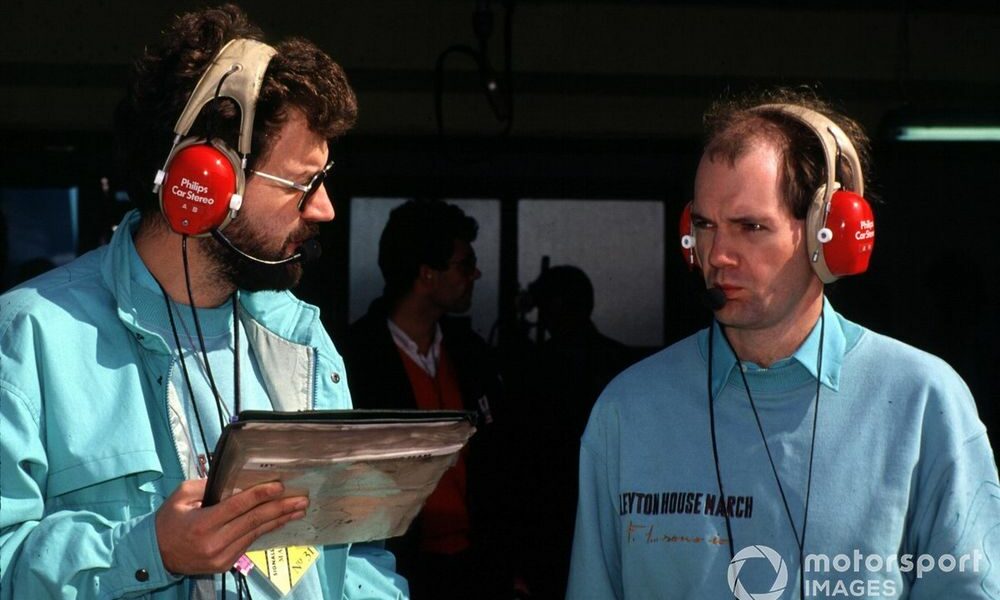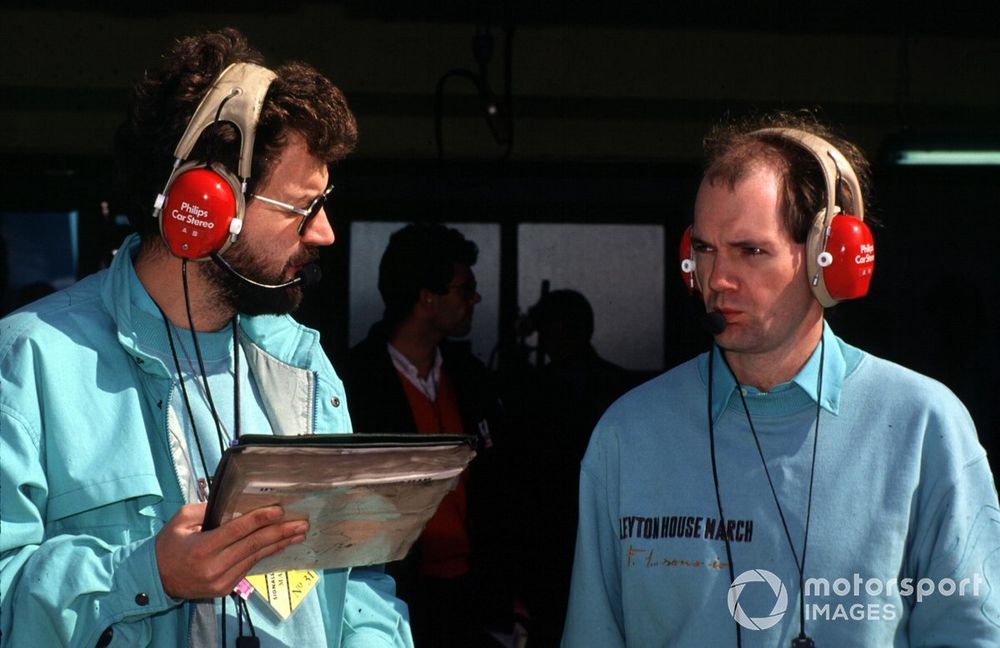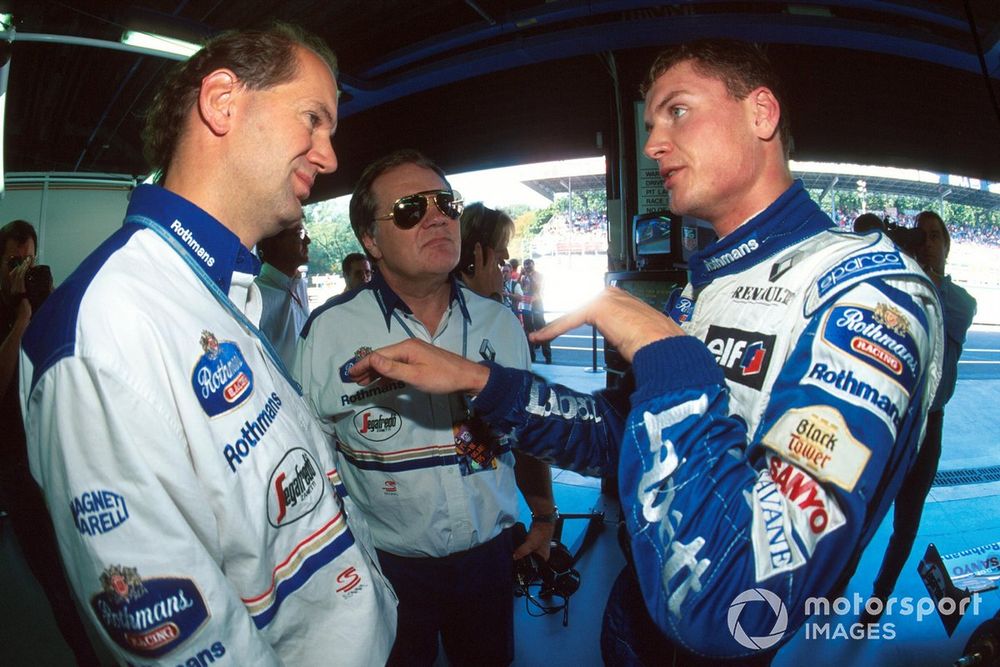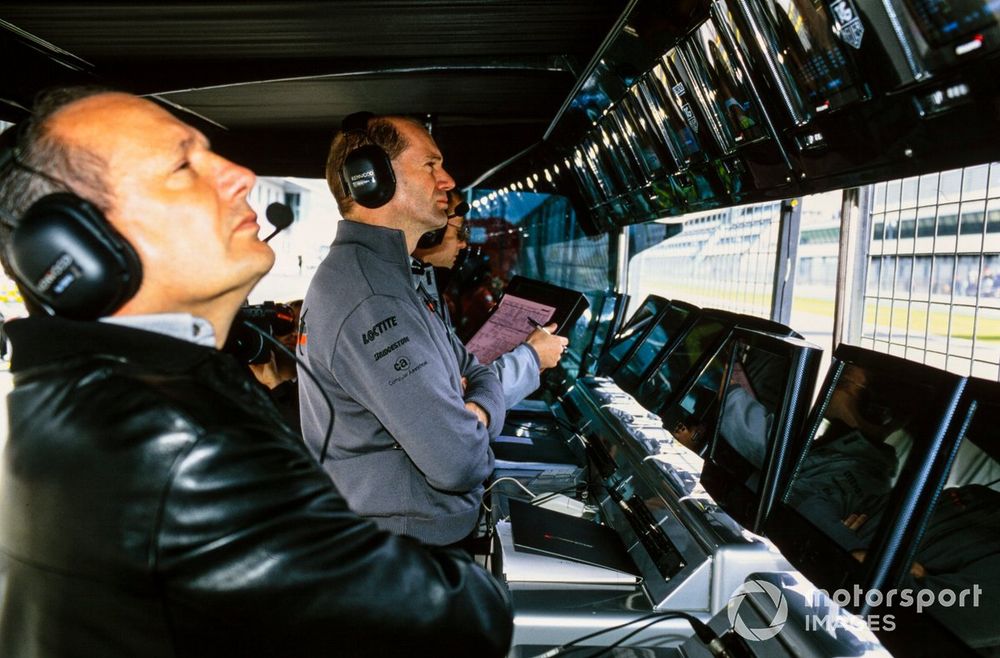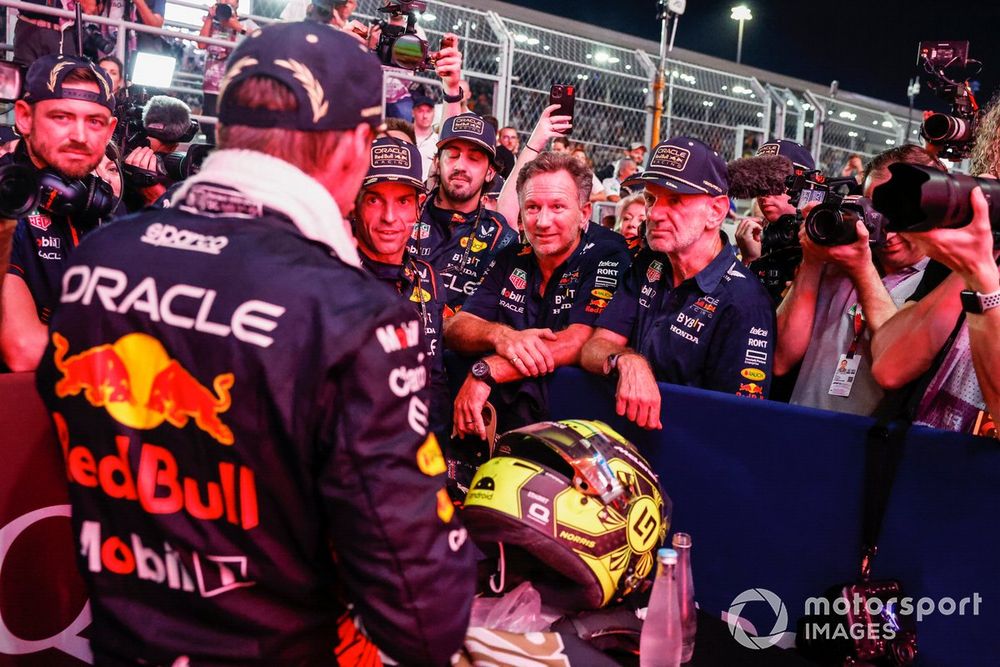Earlier this week it was confirmed that Newey will leave Red Bull after a 19-year stint at the Milton Keynes squad, having made a huge contribution to the team’s two title streaks with Sebastian Vettel and now Verstappen.
The news has been received as a huge blow for Red Bull, especially if it ends up losing Newey to a rival team amid interest from Ferrari.
But while Verstappen praised Newey’s contributions and wished the 65-year-old would have stayed, he said the prospect of Red Bull losing its talismanic design genius is not a major disaster either.
“Of course, Adrian was incredibly important for the success that Red Bull had but over time his role has changed a bit,” Verstappen said.
“I think a lot of people don’t understand what he was actually doing. I don’t say he is not doing anything, but his role has evolved. A lot of good people came into the team, that has strengthened that whole department.
“Of course, I would have preferred him to stay, because you can always rely on his experience. And as a person, he is a great guy to chat to and relate to.
“But I also really trust that the technical team that we have outside of Adrian is very, very strong and they have basically shown that for the last few years with how competitive the car is.
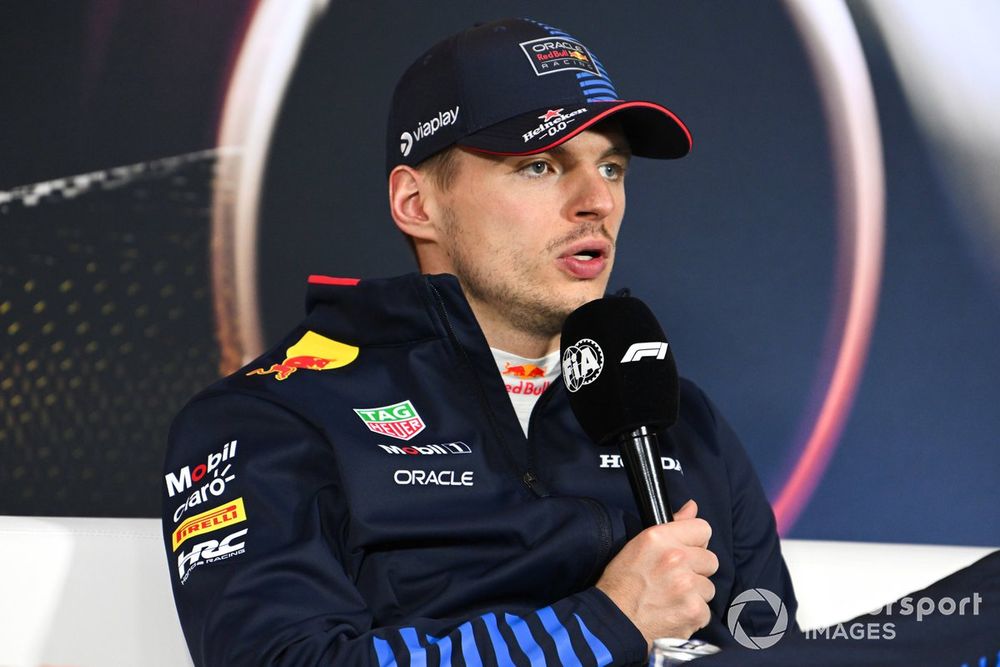
Max Verstappen, Red Bull Racing, 1st position,
Photo by: Mark Sutton / Motorsport Images
“So, from the outside, it looks very dramatic, but if you actually know what is happening inside the team, it’s not as dramatic as it seems.”
Verstappen said there was no point in personally trying to convince Newey to stay and doesn’t begrudge him a new challenge.
“I don’t need to convince anyone, because at the end of the day, if someone really wants to leave, they should leave,” he added.
“That’s also what I wrote to him. If you think that is the right decision for yourself and your family, or you seek a different challenge, or whatever, you have to do it.
“At the end of the day, F1 is a shark tank, everyone thinks about themselves at the end of the day. I know that, I’m not stupid. So that’s fine.”
“I cannot deny that I would have preferred him to stay just for how he is as a person, his knowledge and with what he will bring potentially to another team if he wants to join.
“Besides that, I trust that the people that we have, they’re incredibly good at what they do.”

